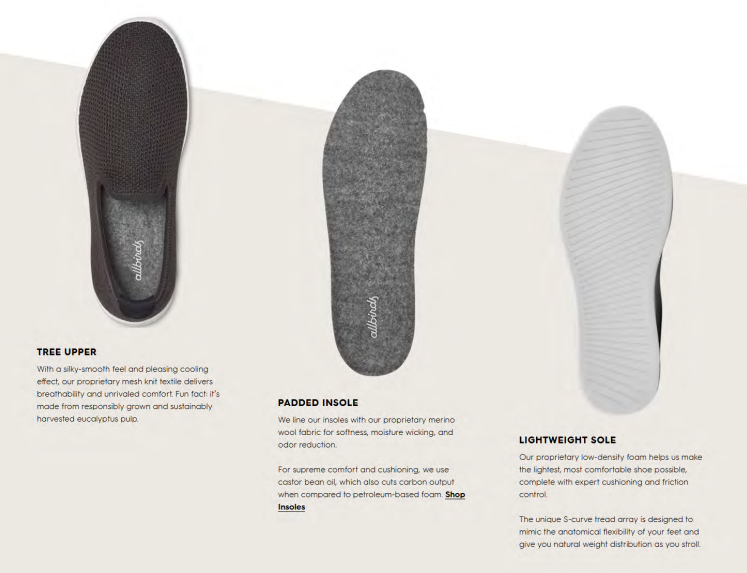The Ultimate Guide to Building Powerful Product Pages | Oberlo
Digital Marketing
What Is a Product Page?
Reflect on your most recent online purchase. What drove you to buy that particular item from that specific site instead of exploring other available choices?
Chances are, the product page played a pivotal role in your decision-making process. It’s the cornerstone of converting visitors into customers, akin to a salesperson in a brick-and-mortar store, designed to present a compelling case for the product and clarify any customer queries.
Neglecting the quality of product pages in an e-commerce setup is as impractical as running a physical store without skilled sales staff. Moreover, when you funnel traffic from Google ads or social networks like Facebook and Instagram, these visitors land directly on the product pages, bypassing other brand-enhancing content.
So, what constitutes a “good” product page? Essentially, it should:
– Offer a clear, detailed, and immersive view of the product.
– Demonstrate how the product addresses the customer’s needs and enhances their life.
– Build trust through clean design, comprehensive information, and social proof.
– Fulfill its promises efficiently and straightforwardly.
Achieving these goals involves a strategic blend of layout, product descriptions, images, and videos. This eBook will delve into these components, providing best practices, tips, and examples from brands that excel in their product page presentations.
Types of product pages
Let’s explore further, starting with defining a product page and distinguishing between product landing pages (or e-commerce landing pages) and product listing pages. The focus of this guide is the product landing page—dedicated to showcasing a single item in detail, including everything a potential buyer needs to know to make a purchase decision.
At a minimum, a well-crafted product landing page features compelling descriptions, high-quality images or videos, and an easy buying process. For instance, Allbirds offers exemplary product landing pages with detailed photos, videos, and essential product information for each item and color variation.

Allbirds compensates for its concise above-the-fold descriptions by offering extensive information below. This includes the brand’s Instagram feed, a detailed breakdown of the materials used, an anatomical diagram of each shoe, a highlight of key advantages, and customer testimonials.

A product listing page, also known as a collection page, compiles multiple products, presenting a thumbnail image, the product name, and its price for each. Additional details might include ratings, availability, or color options. This type of page often displays a store’s entire inventory or organizes products by category.
Incorporating a product listing page is a widely adopted and highly recommended practice for online stores. It provides visitors with a comprehensive overview of what the store offers, allowing them to browse the inventory at a glance without the need to visit each product page, especially when they are just exploring without an immediate intent to purchase.
Anatomy of a product page
An effective product page meets eight key criteria:
- Essential details about the product, such as its name, price, and available variations or customizations (e.g., color and size options).
- A compelling product description that outlines the features of the product and explains how it addresses the buyer’s needs, problems, or wishes.
- A prominent, high-resolution main image showcasing the product.
- Additional clickable images that provide a clearer sense of the product’s scale, texture, and practical application.
- A conspicuous call-to-action (CTA) button that encourages the shopper to add the item to their cart or proceed to checkout.
- A user-friendly layout that generally places the product images to the left and the details and purchase options to the right facilitates an intuitive shopping experience.
- Evidence of social validation, such as reviews on Shopify, customer testimonials, or trust badges, to build confidence in the brand and its offerings.
- Suggestions for related products to encourage upselling and increase the overall value of the shopper’s cart.
Dive deeper into mastering product page essentials! Click here to continue reading the full guide and download your copy now. Elevate your online store’s shopping experience and boost conversions today!
The Table of Contents of “The Ultimate Guide to Building Powerful Product Pages”:
- What Is a Product Page?
- Types of product pages
- Anatomy of a product page
- Extra credit tips
- Top Tips to Write Compelling Product Descriptions
- How to write a product description
- Editing your imported product descriptions
- A three-step product description template for your store
- How to Create High-Converting E-commerce Product Images
- Be selective when choosing existing images
- Types of product images
- How to take product photos
- Additional product image tips
- How to Create a Product Video That Boosts Sales
- How to create a product video
- Product video tips to implement right away
- Best product video creator for e-commerce stores
- 6 Best Product Pages to Learn From
- 6 exceptional product page designs
- Shopify themes for high-converting e-commerce website design
Number of Pages:
- 100 pages
Pricing:
- Free






